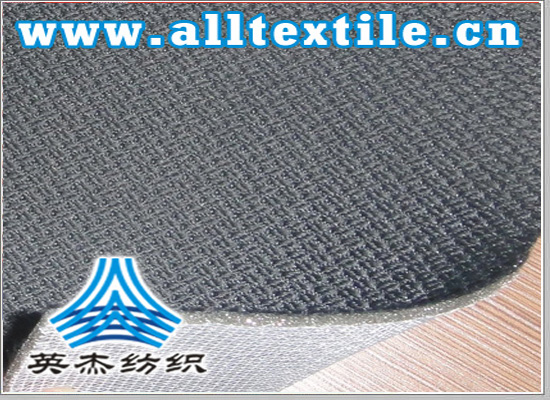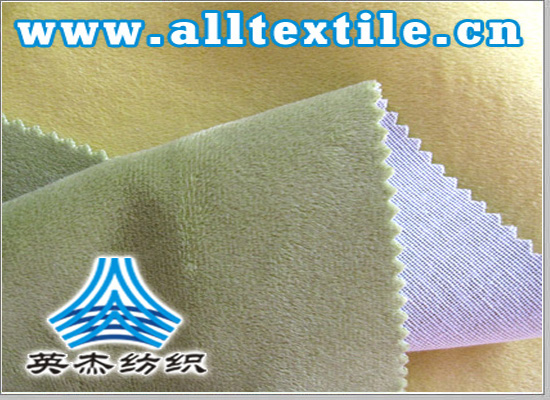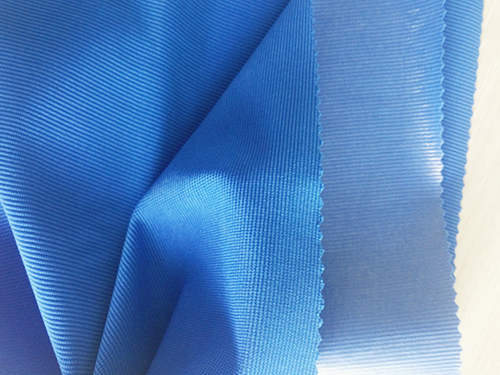Preparation of glass fiber
The manufacturing process of Glass fiber generally involves melting the raw materials first, and then fibrillating them. If they are to be made into the shape of glass fiber balls or fiber rods, they cannot be directly fibrillated. There are three fiberization processes for glass fiber [4]:
Drawing method: The main method is filament nozzle drawing method, followed by glass rod drawing method and melt drop drawing method;
Centrifugation method: drum centrifugation method, step centrifugation method and horizontal porcelain plate centrifugation method;
Blowing and spraying method: blowing and spraying method and nozzle blowing and spraying method.

The above processes can also be used in combination, such as drawing-blowing method, etc. Post-processing takes place after fiberization. The post-processing of textile glass fiber is divided into the following two major steps [4]:
(1) In the process of producing glass fiber, the glass filaments that are merged together must be sizing before winding, and the short fibers must be sprayed with lubricant before collecting and perforated drums.
(2) Further processing, depending on the conditions of short glass fiber and short glass fiber roving, has the following steps:
①Glass short fiber processing steps:
②Glass short fiber roving processing steps:
Applications of fiberglass
3.1 Application of glass fiber in the field of electrical insulation
Electrical insulation materials can be divided into 8 categories according to JB/T2197-1996 electrical insulation material product classification, and there are 6 categories related to glass fiber. This is enough to illustrate the wide application of glass fiber in this field. Category 6 materials include [5]:

(1) Insulating impregnated products: made of fiberglass cloth, casings, non-woven binding tapes, etc. that are impregnated or coated with insulating paint. They are used for wrapping insulation, interphase insulation, insulation protection and lining of motors and electrical appliances.
(2) Glass fiber reinforced plastic laminates: Materials made from alkali-free glass fibers as reinforcing materials and thermosetting resins such as phenolic resin and epoxy resin as base materials. They are used in motor transformers, electrical instruments, electronic equipment, etc. Among them, copper-clad laminates for printed circuit boards are one of them.
(3) Glass fiber molding compounds: such as BMC (bulk molding compound), DMC (bulk molding compound), CMC (sheet molding compound), etc., used in high-voltage switches as insulating partitions, lifting rods, etc., in the air It is used in the casings of switches and household appliances as well as various flame-retardant support insulation parts.
(4) Mica products: mica tape, mica plate, mica foil, etc. are used as insulation devices for motors or high-voltage motors.
(5) Insulating tape and composite products: used for insulation binding.
(6) Electromagnetic wire: used for windings and coils of winding motors, electrical appliances, electrical instruments, and winding materials for large motors and turbine generators.
3.2 Application of glass fiber in environmental field

The ecological environment is an essential ecological factor for human survival and development. The Chinese government has clearly stated that protecting the environment is the basis for our country’s long-term persistence. Glass fiber has a wide range of applications in the atmosphere, water, biology, soil and other environmental fields due to its excellent various properties.
Glass fiber filter materials have made considerable contributions in improving exhaust gas composition and reducing dust emissions. The low-boron glass fiber filter material developed by the American company HollingSworth & Vose can solve the problems caused by suspended molecular pollution. A filter cloth made of high-silica glass fiber can be used to filter solid dust from high-temperature gases above 800°C. It can be directly used to eliminate smoke and dust from industrial kiln exhaust gases without cooling the exhaust gas first, thus reducing the cost. Exhaust gas treatment costs. In addition, a glass fiber air filter paper is composed of glass fiber and deodorant zeolite. It can be used in air conditioning systems to remove odors in the air, such as tobacco smoke odor, thereby purifying the air.
Glass fiber also has good applications in water environment and soil environment. Wear-resistant fabrics woven from phenolic-coated glass fibers developed by the University of Illinois can effectively and conveniently replace commonly used activated carbon particles to absorb environmental pollutants. OC Company’s Battice factory in Belgium used Advantex glass fiber technology to upgrade wastewater treatment and recycling technology, reducing water consumption by more than 50% and reducing the content of pollutants in wastewater by about 80%.
Glass fiber and organic fiber materials are combined into geotechnical materials that can be used to prevent soil erosion. A German company has developed a method of using glass fiber and synthetic fibers as soil reinforcement materials to improve the strength of the soil. In addition, soil reinforced with fiberglass and synthetic fibers can be used to make landfill pits for solid waste.






